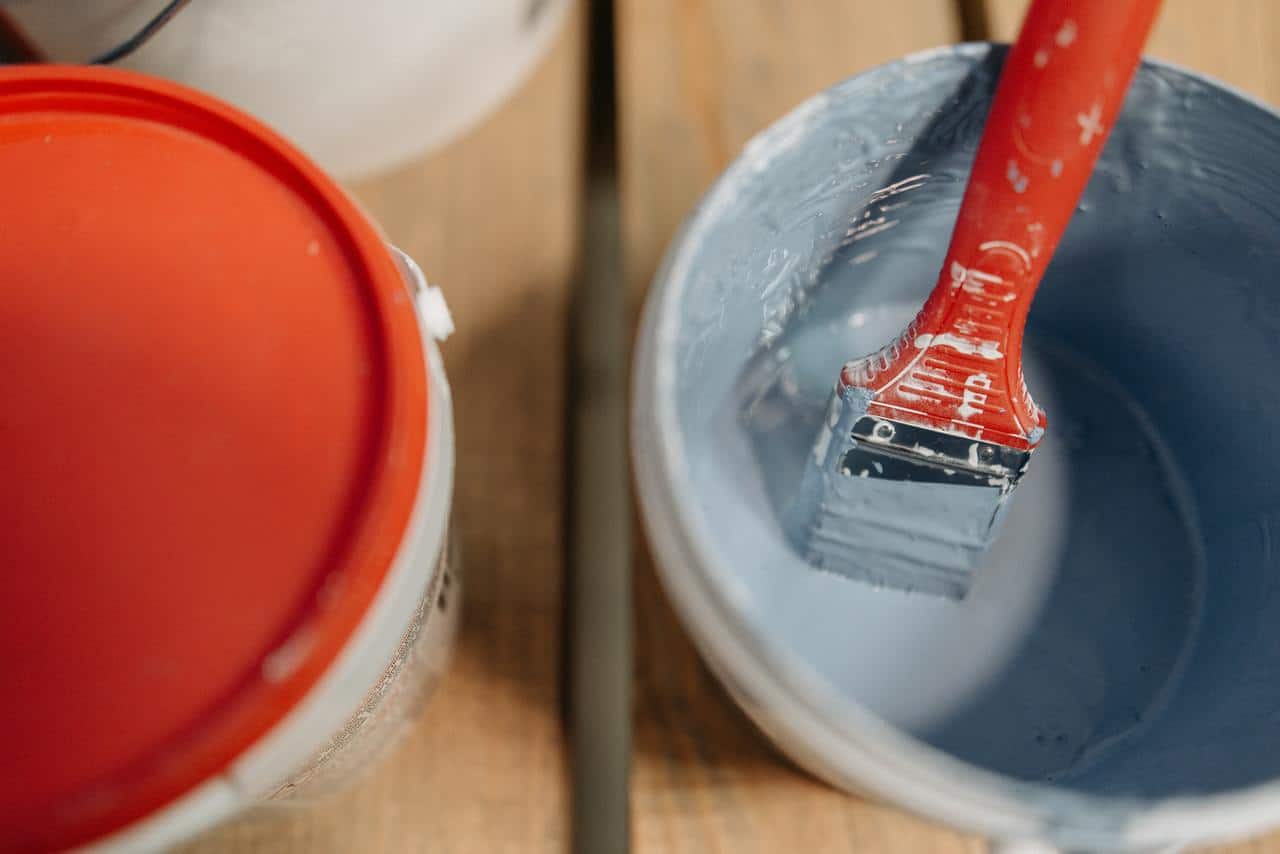
Priming increases the adhesion of materials applied to walls. Why should the substrate be primed? What kind of primer should I choose?
Primer is a preparation which is applied on the substrate before its finishing. Unfortunately, many investors resign from applying this preparation in order to save money and shorten the time of construction works. Lack of priming is extremely irresponsible, because this product has many functions:
Although trade names suggest otherwise, there are no universal primers available in stores. Each primer should be tailored to the material it will be applied to and the purpose of the substrate finish.
Under plaster, it is worth using a primer that will increase the adhesion of gypsum or lime-cement plaster. You should use a preparation that limits water absorption. A bonding primer that increases adhesion of the plaster to be applied is the best choice.
Thin layer plasters, which are one of the elements of building insulation, require a different kind of primer. The primer should always be selected according to the plaster type. Different primers are recommended for mineral plasters and completely different ones for silicate and silicone plasters. You can also use primers for thin layer plasters under façade paints.
If you are going to lay tiles on a concrete wall, then it is best to use a bonding primer. If you are going to lay new tiles over old tiles, then you should use an epoxy primer. This type will also work great if the tiles will be glued on a reactive resin based adhesive. An important feature of epoxy primer is that it blocks moisture (up to 6%) in the mineral substrate.
Primers limit the absorption of paint. If there are some stains on the walls or ceiling, then it is worth using an isolating primer. This will prevent the stains from penetrating the new layer of paint.
Priming the floor is always a must if you are opting for a subfloor. Therefore, you should always prime your ceiling or concrete slab. If you are going to pour a self-leveling screed or apply an anhydrite subfloor, then you need to use primers that will reduce their absorbency. Priming is necessary if the anhydrite primer is on a substrate containing cement.
Primer increases adhesion of the material to be applied and limits absorption of moisture by the substrate. Its application requires observance of several important rules. Do not apply primer on a dirty or dusty substrate. To apply this preparation, use a wide paint brush or roller. If the primer is with a filler, it must be mixed very well beforehand. This should be repeated throughout the priming process. In some cases it is necessary to apply two layers of primer. Drying time of one layer is several hours.
Before you buy a primer you should pay attention to
primercapacity – a good primer has a capacity of 10-12m2/l.
Main Photo:Pavel Danilyuk/pexels.com